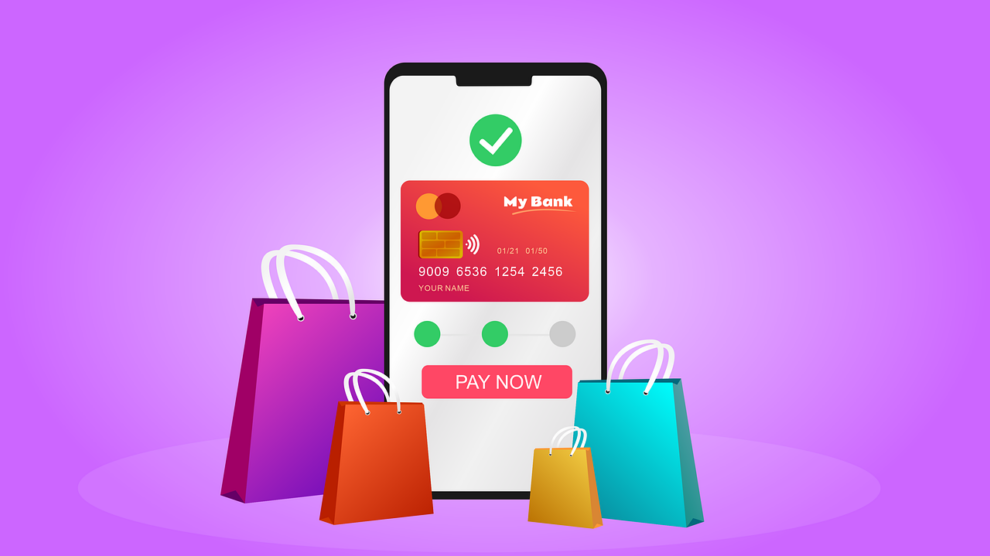The prevalence of mobile devices in our society is due in part to the desire for convenience. Think about how many times you’ve been on the go when you suddenly remembered something you wanted to research or purchase. You can’t lug your laptop around place to place, hoping you’ll be near Wi-Fi when inspiration hits. No; people have come to depend on smartphones and tablets to fulfill many of the functions previously reserved for laptop computers.
So, it only makes sense for mobile e-commerce to grow right alongside the popularity of mobile devices in general. Here are three things to know about the growth of mobile e-commerce as an online retailer.
Mobile Purchase Rates Are Rising Year over Year
It behooves sellers to focus just as intently on mobile strategy as desktop. Failure to acknowledge the growth of m-commerce will only hinder sales and stifle brand growth in the months to come. Back in 2014, about one-fifth (19 percent) of online sales occurred on a mobile device. By the end of 2018, that figure is estimated to reach 27 percent. That’s over one-fourth of online sales—and the percentage will only keep rising from there.
The lesson here? Mobile ecommerce has outgrown its past reputation as an “optional” extra better suited for large brands. Unless your brand wants to kiss more than one-fourth of sales goodbye, you’ll need to offer a seamless mobile shopping experience for customers.
Frustrated Mobile Users Tend to Abandon Their Shopping Carts
The primary consequence of a poor mobile shopping experience is high shopping cart abandonment rates. As Business Insider reports, U.S. adults spent 59 percent of their time on mobile in 2015, but spent just 15 percent of their dollars there. Desktop devices received 41 percent of users’ time, but earned 85 percent of their dollars. Customers often give up because “completing a purchase on a phone just takes too much work.”
The best cloud-based ecommerce solutions include desktop and mobile payment gateways for a streamlined checkout experience. Remember, mobile is more than desktop checkout on a smaller screen. Successful brands need to ensure a convenient, intuitive and secure mobile payment process if they expect shoppers to complete transactions.
Many Retailers Underestimate the Importance of Mobile
There’s compelling evidence for the increasing importance of mobile ecommerce. And yet a recent report found “only 38 percent of companies are planning to increase their mobile app investments.” And, perhaps more surprising, only 31 percent plan to invest in mobile web optimization.
Consumers can visit your website via a mobile browser like Safari or Chrome on their handheld devices. This more closely mimics the desktop experience, except this version of your online store should be mobile-friendly, with simpler navigation and a layout modified for a smaller screen. This format tends to capture more traffic than apps, but has a lower conversion rate—and tends to inspire less loyalty in shoppers.
Dedicated apps, on the other hand, convert 2.5 times better, but may be expensive to create. Plus, they’re only accessible to online users willing to download them. In such a crowded app marketplace, the challenge is making your ecommerce application stand out from the pack. Loyal customers are more likely to get your app over time and engage with it, assuming it works well.
Forward-thinking retailers must consider their mobile strategies in terms of a web browser and an app. A combination of these two experiences has the best chance of capturing traffic, while also compelling loyal customers to make repeat purchases on mobile devices. Knowing these three things about the growth of mobile ecommerce will help your web store provide shoppers with an optimized browsing and purchasing experience.





